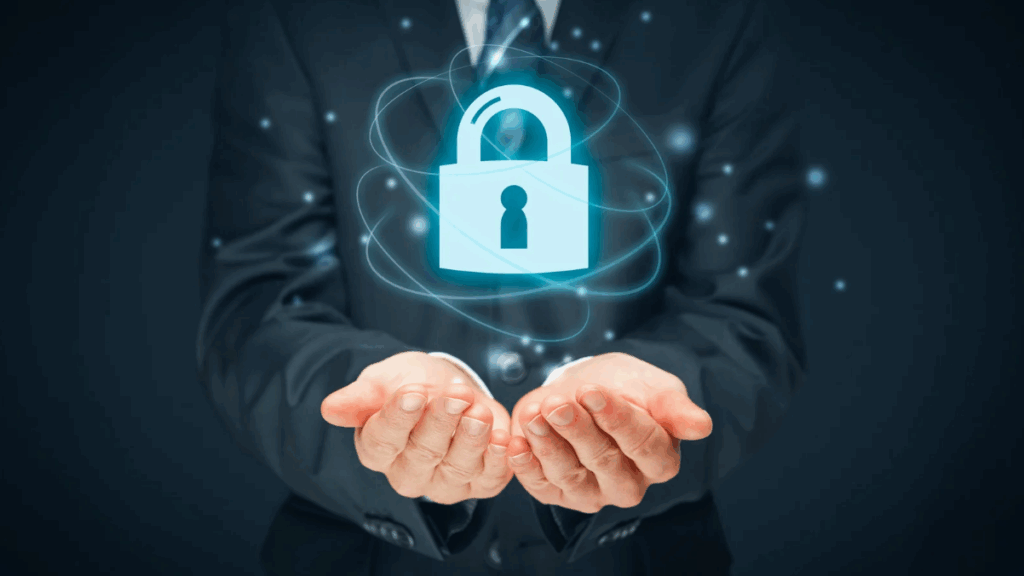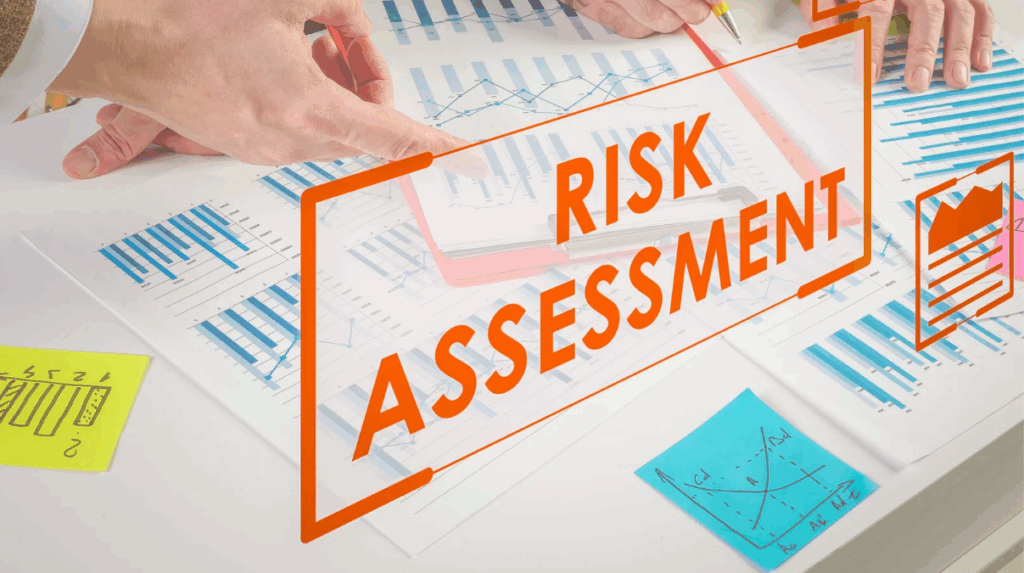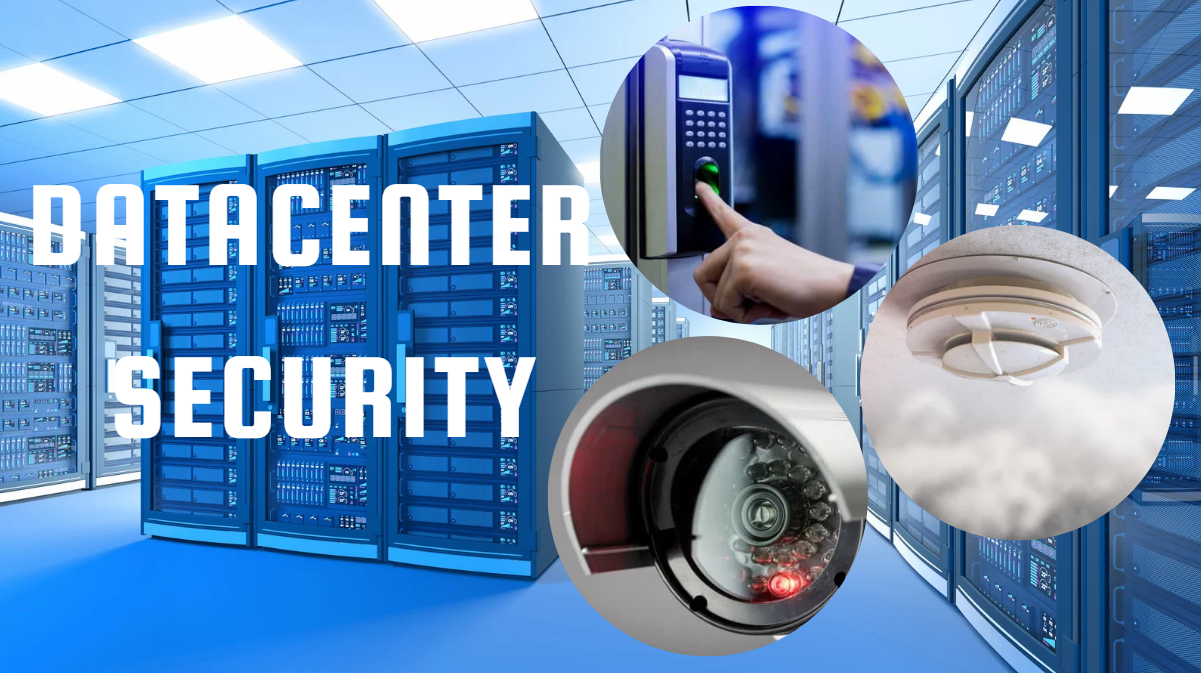In today’s digital-first world, data centers are the backbone of nearly every business, housing critical information from cloud storage to enterprise applications. While cybersecurity often takes the spotlight, data center security must also include physical safeguards—a single breach can compromise sensitive records, disrupt operations, and cost millions in damages.
Physical threats range from unauthorized access and insider risks to natural disasters and vandalism, and even the most advanced cyber defenses can’t stop damage caused by fire, flood, or intruders. Protecting these facilities requires a layered approach that combines technology, trained personnel, and proactive protocols. This article explores the key physical threats, essential security components, effective protection strategies, and the value of working with security professionals to safeguard your data center.
Physical Threats to Data Centers
Physical threats to data centers can be broadly classified into internal threats and external threats, each requiring unique countermeasures. Understanding these risks is the first step in building a resilient security framework.
Internal Threats
Internal threats originate from people with authorized access, such as employees, contractors, or vendors. While they may have legitimate reasons to enter a data center, insiders can unintentionally or intentionally compromise security. Common internal threats include:
- Unauthorized access: Staff may bypass security protocols, either accidentally or deliberately, creating vulnerabilities.
- Human error: Mistakes, such as misplacing sensitive documents, misconfiguring systems, or leaving doors unlocked, can expose the facility to breaches.
- Insider sabotage: Disgruntled employees or contractors may intentionally damage equipment, steal data, or disrupt operations.
Despite being less sensational than external attacks, internal threats are often the most common cause of physical security incidents. Many data centers experience breaches not from hackers, but from trusted individuals who bypass controls.
External Threats
External threats come from sources outside the organization and are often more visible. They include:
- Break-ins and theft: Criminals may attempt to steal servers, storage devices, or backup media.
- Vandalism and sabotage: Competitors, activists, or malicious actors may deliberately damage physical infrastructure.
- Natural disasters: Floods, earthquakes, hurricanes, and fires can devastate a data center if environmental safeguards are not in place.
- Terrorism: Targeted attacks on critical infrastructure, while rare, can have catastrophic consequences.
Data center operators must account for these diverse threats in their security planning. A successful defense strategy begins with a comprehensive risk assessment, identifying both internal and external vulnerabilities.
Key Components of Physical Data Center Security

Securing a data center requires multiple layers of protection, often referred to as defense in depth. Each layer addresses different threats, ensuring that no single vulnerability can compromise the entire facility. Key components include:
Access Control Systems
Access control is the foundation of physical security. Modern data centers often implement multi-factor authentication to regulate entry at multiple levels:
- Biometric scanners: Fingerprint, iris, or facial recognition systems ensure that only authorized personnel gain access.
- RFID and keycard systems: These provide time-stamped records of entry and can restrict access to sensitive zones.
- Visitor management systems: Temporary access credentials and strict check-in procedures help monitor non-employee activity.
By limiting entry points and verifying identities, access control systems prevent unauthorized individuals from reaching critical assets.
Surveillance and Monitoring
Continuous monitoring is essential for detecting and deterring intrusions. This includes:
- CCTV cameras: High-resolution cameras with wide coverage record activity and serve as a deterrent.
- Motion sensors: Detect unusual movement in restricted areas.
- AI-powered monitoring: Advanced analytics can identify suspicious patterns, such as repeated unauthorized attempts to access secure zones.
Surveillance integrates with alarm systems to ensure rapid response in the event of a breach.
Environmental Monitoring
Physical threats aren’t limited to human actions. Environmental hazards can be equally destructive. Effective monitoring systems track:
- Temperature and humidity: Prevent equipment failure caused by overheating or moisture.
- Smoke and fire: Early detection allows rapid intervention before damage escalates.
- Water leaks and flooding: Sensors in vulnerable areas alert staff to potential threats from plumbing failures or natural disasters.
Maintaining optimal environmental conditions protects hardware and ensures operational continuity.
Security Zoning
Layered security zones restrict access based on clearance levels:
- Perimeter security: Fences, barriers, and controlled entrances deter casual intruders.
- Building-level security: Guarded entrances, secure lobbies, and badge checks manage overall facility access.
- Server room security: Restricted to essential personnel with additional access controls.
- Rack-level protection: Locks or cabinets prevent unauthorized handling of critical equipment.
By compartmentalizing access, data centers minimize the impact of a breach in any single area.
10 Effective Strategies to Protect Your Data Center

Protecting a data center is an ongoing process that requires vigilance, planning, and layered security measures. Here are ten actionable strategies to safeguard your facility against physical threats:
1. Conduct Regular Risk Assessments and Audits
Regular risk assessments are the foundation of data center security. By systematically identifying vulnerabilities, you can evaluate the effectiveness of existing controls and prioritize improvements. These audits should cover physical infrastructure, access procedures, environmental safeguards, and potential insider risks. Updating security policies in response to emerging threats ensures your data center remains resilient against evolving risks.
2. Implement Multi-Layered Access Control
A multi-layered access control system restricts entry to authorized personnel and minimizes the risk of unauthorized access. Combining keycards, biometrics, and PINs provides robust authentication at multiple levels. Additionally, limiting access to sensitive areas based on role and clearance ensures that only the right personnel can reach critical infrastructure, reducing insider threats and accidental breaches.
3. Install CCTV and Integrate Real-Time Monitoring
Comprehensive surveillance deters intruders and provides critical evidence in case of incidents. Cameras should cover entrances, server rooms, corridors, and other critical areas. Integrating AI-powered analytics allows for real-time alerts when unusual activity is detected, enabling rapid response and reducing the likelihood of prolonged breaches.
4. Secure All Physical Entry Points
All entry points, including doors, windows, and loading areas, must be reinforced with tamper-resistant locks and barriers. In high-risk zones, consider bulletproof glass and intrusion-resistant materials. Properly securing access points prevents opportunistic breaches and reinforces the overall integrity of the facility.
5. Use Environmental Controls and Sensors
Environmental monitoring protects against hazards that can compromise equipment without human interference. Temperature, humidity, and airflow sensors prevent overheating and equipment failure. Smoke detectors, fire suppression systems, and water leak sensors provide early alerts, enabling rapid intervention to mitigate damage from fires, floods, or other environmental incidents.
6. Enforce Strict Visitor Management Protocols
Effective visitor management prevents unauthorized access and ensures accountability. Maintaining detailed logs of all visitors and contractors is essential for security audits. Requiring escorts for non-authorized personnel in restricted areas minimizes the risk of accidental or malicious breaches while keeping track of all external activity within the facility.
7. Train Staff on Security Protocols
Employees are a critical line of defense in data center security. Conducting regular training on access procedures, emergency response, and insider threat awareness ensures that staff understand and adhere to security standards. Fostering a culture of vigilance encourages employees to recognize and report suspicious behavior, reducing the risk of internal incidents.
8. Maintain Detailed Logs and Audit Trails

Comprehensive logging is essential for monitoring and accountability. Track all entry and exit activity, including staff, visitors, and deliveries. Regularly auditing logs helps detect anomalies, potential policy violations, or unusual patterns that could indicate a security breach. Maintaining accurate audit trails also aids in forensic investigations and regulatory compliance.
9. Prepare for Natural Disasters with Contingency Plans
Data centers must be resilient to environmental hazards. Establishing backup power systems, redundant infrastructure, and alternative facility options ensures continuity during emergencies. Conducting simulations and drills prepares staff to respond effectively to natural disasters, such as floods, fires, or earthquakes, minimizing downtime and equipment damage.
10. Implement Insider Threat Detection Programs
Insider threats can be difficult to detect but potentially catastrophic. Monitoring unusual patterns in staff activity—like repeated unauthorized access attempts—helps identify potential risks early. Encouraging reporting through whistleblower programs and anonymous tip channels empowers employees to flag suspicious behavior, strengthening overall security posture and safeguarding critical infrastructure.
Working with Security Professionals to Strengthen Your Data Center
Even with state-of-the-art technology and comprehensive protocols, professional expertise is invaluable. Security professionals bring specialized knowledge in both planning and implementation, ensuring your data center is prepared for a wide range of threats.
Benefits of Partnering with Security Experts
- Certified assessments: Professionals can evaluate vulnerabilities and recommend improvements according to industry standards.
- Integrated solutions: Experts help merge physical security with cybersecurity, creating a holistic defense.
- Emergency response planning: Professionals develop and test incident response plans to minimize downtime during a breach.
- Vendor management: Trusted security providers supply and maintain surveillance, alarms, and access control systems.
Working with specialists allows organizations to leverage best practices and stay compliant with regulatory requirements. Additionally, ongoing partnerships ensure your security measures evolve alongside emerging threats.
Choosing the Right Partner

When selecting a security partner, consider:
- Industry certifications and experience with similar facilities.
- Reputation and client references.
- Ability to provide customized solutions based on your facility’s size, layout, and risk profile.
- Commitment to continuous monitoring, training, and audits.
A professional partner is not just a service provider—they become a strategic ally in protecting your critical infrastructure.
Securing Tomorrow, Today: Key Takeaways for Data Center Protection
Physical security is a critical component of protecting your data center and the sensitive information it houses. From layered access controls and surveillance systems to environmental monitoring and insider threat programs, multiple strategies work together to safeguard your infrastructure. Regular risk assessments, staff training, and contingency planning ensure your facility remains resilient against both internal and external threats. Partnering with security professionals further strengthens defenses and provides expert guidance tailored to your specific needs. By implementing these measures, businesses can maintain continuity, prevent costly breaches, and secure their operations for the long term.
This article was created to inform and help organizations understand the importance of comprehensive data center security. If you are looking for professional support with data centers, you can trust Efficient LowVolt Solutions to deliver reliable, customized solutions. We also provide Security & Access Control services, including multi-layered entry systems, surveillance integration, and visitor management, all designed to protect your critical infrastructure.
Located in Columbus, Ohio, our team combines expertise and cutting-edge technology to safeguard your operations. For more information or to schedule a consultation, contact us at 614-394-6233. With the right security measures in place, your data center can operate safely, efficiently, and with confidence.

